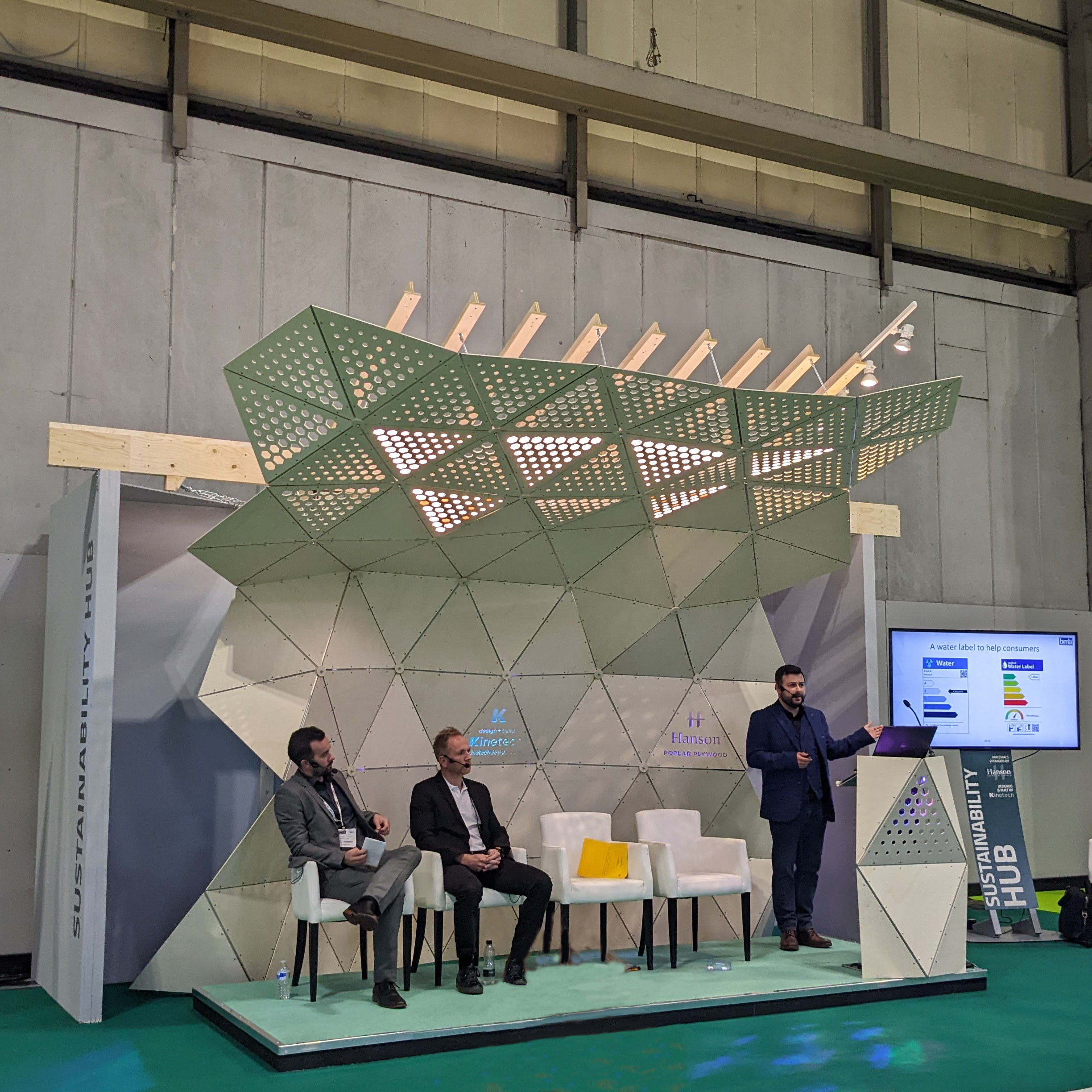Developed in the 1940s, rainscreen cladding is widely used on construction projects around Europe, but what really is rainscreen cladding and what are the benefits of specifying it?
Rainscreen cladding is a second layer of exterior cladding that works to keep the structural façade dry and protected from the elements. Rainscreen cladding allows air to ventilate the building’s structure but prevents moisture build up.
The cladding panels form a barrier to rainwater, preventing it from reaching the exterior wall of the building, the air circulated under the cladding panels helps to drive moisture away.
Naturally then, the main benefit of rainscreen cladding is to protect a building’s exterior façade from rainwater damage and moisture retention, but are there any further benefits of rainscreen cladding?
Building maintenance
The primary function of rainscreen cladding (to reduce moisture damage) will naturally reduce the lifetime maintenance costs of a building. The cladding itself is also easy to maintain, for example a number of rainscreen cladding systems allow for removal of individual panels to allow for easy repairs.
Insulation
Adding an additional layer to the exterior of a building is an effective and cost-saving method of increasing thermal insulation without sacrificing floor space. Cold bridging is reduced as well as the likelihood of condensation and damp, saving money of energy bills.
Sustainability
As well as helping to reduce energy levels rainscreen cladding is also often an incredibly sustainable building product. Aluminium rainscreen cladding in particular is a very sustainable material. Most aluminium is initially smelted using hydroelectric power and it can also be recycled at the end of a buildings life. Rainscreen cladding also lends itself to off-site construction, it can be pre-fitted or pre-built and can significantly reduce energy usage on-site.
Installation
Because rainscreen cladding systems are fitted quickly to an external wall (on or off-site) its installation causes no internal disruption. Meaning, buildings fitted with rainscreen cladding retrospectively can continue to be operational throughout installation.
Aesthetics
Rainscreen cladding is an incredibly versatile product with a wide range of design possibilities. Rainscreen cladding can be specified in multiple different materials such as aluminium, glass and reinforced concrete. It can also come in many shapes, configurations and colours. It is also very flexible and can be updated and replaced throughout its lifetime, it can also be fitted retrospectively.
Soundproofing
The additional layer that rainscreen cladding provides can also improve a building’s acoustic performance, reducing noise disruption for the building’s occupants. This is increasingly important in urban areas where there is high demand for residential and office space in and around busy roads, airports and train stations.
For more information check out our Facades hub!
Related Blog Articles



crop192.png)












